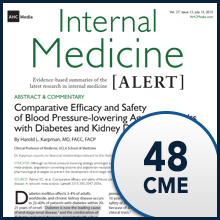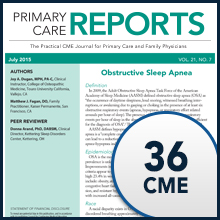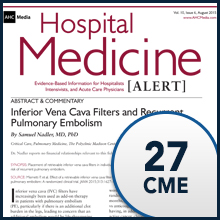Carrots, Not Sticks, Promote HIT Adoption In Small Primary Care Practices
January 23rd, 2017
SAN FRANCISCO – Financial incentives appear to be effective in promoting physician adoption of health information technology (HIT), according to a new study which suggests that information is especially significant for smaller primary care practices.
The report, published recently in the Annals of Family Medicine, notes that implementation and meaningful use of HIT is key to improving delivery system transformation, but that adoption remains far from universal.
To determine why that is the case, a study team led by University of California, San Francisco researchers looked at a national cohort of small primary care practices and what influenced them over time to implement HIT at higher levels.
“The majority of primary care practices in the United States are small, and many have taken on the enormous challenge of transforming how they deliver care,” researchers explained. “Implementation and meaningful use of HIT serves as an important aspect of practice transformation and a foundational element for high-performing primary care.”
Data from a 40-minute telephone panel survey of 566 small primary care practices having eight or fewer physicians was used to better understand adoption and use of HIT in 2007–2010 and 2012–2013. For the study, researchers focused on 18 measures of HIT functionalities, including recordkeeping, clinical decision support, patient communication, and health information exchange with hospitals and pharmacies.
Results indicate that, overall, use of 16 HIT functionalities increased significantly over time, but use of two decreased — electronic access to laboratory results and to clinical data from ED visits. Compared with physician-owned practices, hospital-owned practices used 1.48 more HIT processes, and, compared to smaller practices, practices with three to eight physicians used 2.49 more HIT processes.
Associated with greater adoption and use of HIT were participation in pay-for-performance programs, participation in public reporting of clinical quality data, and a larger proportion of revenue from Medicare.
“The new Medicare Access and CHIP Reauthorization Act (MACRA) will provide payment incentives and technical support to speed HIT adoption and use by small practices,” study authors concluded. “We found that external incentives were, indeed, positively associated with greater adoption and use of HIT. Our findings also support a strategy of targeting assistance to smaller physician practices and those that are physician owned.”

FEATURED RESOURCE




